Body of Tina Satchwell was found wrapped in plastic under stairs, court hears
Richard Satchwell, 58, of Grattan Street in Youghal, is accused of murdering his wife between March 19 and 20 2017.

The body of Tina Satchwell was found wrapped in black plastic, dressed in her nightgown and pyjamas and with shards of glass in her head and arm, a court has been told.
She was buried deep under the stairs at the home she shared with her husband, Richard Satchwell.
A forensics officer said he became suspicious after he noticed poured concrete that looked different and newer to other cement on the ground under the stairs during a search of the property in Co Cork in October 2023.
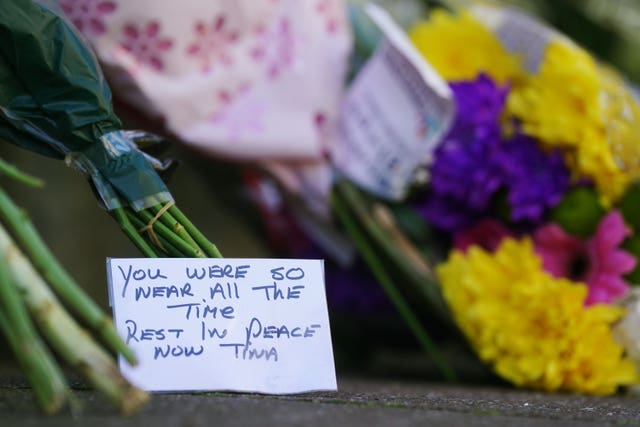
Satchwell, 58, of Grattan Street in Youghal, is accused of murdering his wife between March 19 and 20 2017.
He denies the charge.
Satchwell, originally from Leicester in England, formally reported his wife missing on May 11 2017.
He initially claimed he believed she had left their family home because their relationship had deteriorated and she had taken 26,000 euro in cash they kept in the attic.
Detective Garda Karen McCarthy told the Central Criminal Court in Dublin that she took samples from the body of Mrs Satchwell at Cork University Hospital where a post-mortem examination was taking place on October 12.
Detective McCarthy said she recovered Mrs Satchwell’s dressing gown with a belt around it, her pyjama top and bottoms, underwear and a purse with a Playboy logo which was in the pocket of the gown.
She said the purse contained a Public Services Card with the name of Tina Satchwell, a Holland & Barrett rewards card and a membership card for Rathcormac car boot sale.
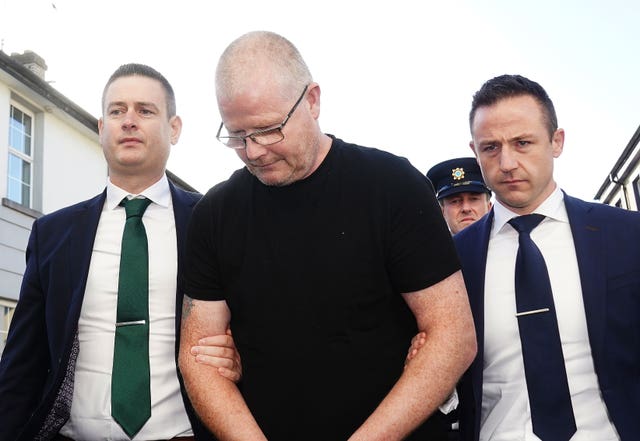
The court was told that shards of glass were found in her head and arm, that she had been wrapped in a blanket and a belly button piercing was also discovered.
A sample of her head hair and toenail were also taken for DNA testing.
The jury also heard about the moment a forensic archaeologist exposed a hand as they dug under the stairs of the Satchwell home.
Detective Garda Brian Barry was accompanied by building contractors to help in the search on October 10 2023.
He told the court he was chatting with the builders and was looking at the brick wall in the sitting room, which he said had been built “very poorly”.
He said it did not look like it had been built by someone who knew how to construct a wall, adding that it “looked suspicious”.
They were further alerted to an area at the stairs by a Garda search dog, Fern.
Detective Barry said he used purple lighting to look under the stairs and could see different coloured concrete flooring.
He described it as “newer concrete” which he said was “very suspicious to me” and “unusual”.
“I certainly took an interest in this,” he told the court.
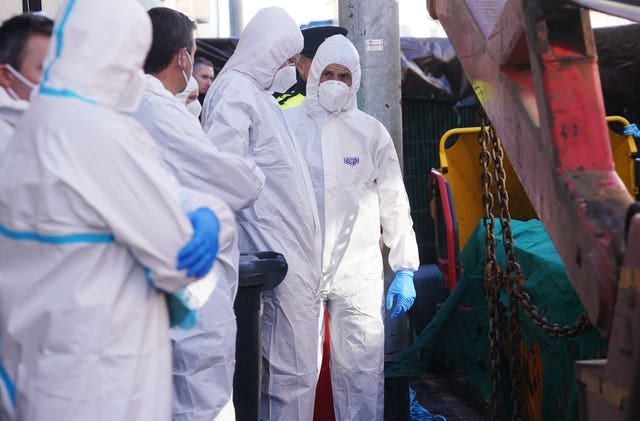
The builders used heavy-duty hammers to break the concrete and dug until they discovered black plastic sheeting about 64cm below ground level.
Detective Barry said the soil was lose and sandy, adding that the property was not far from the sea and he could remember seeing shells in the soil.
He added that the discovery of the plastic sheeting was unusual and he was “very suspicious”.
The contractors were told to stop digging and Detective Barry contacted the crime scene manager about the discovery and to ask forensic archaeologists to attend the scene.
Retired detective sergeant Shane Curran, a former member of the technical bureau and crime scene manager of the search, said the dog was taken back to the scene and confirmed the presence of human remains by going into “freeze mode”.
Mr Curran said two archaeologists and a forensic anthropologist assisted in the recovery of the remains.
He said they found the remains of Mrs Satchwell buried around 84cm under the concrete.
The retired detective agreed that the process was slow and painstaking to ensure that all evidence was preserved.
He described the excavation as “complex”, and said Mrs Satchwell’s remains were fully excavated on the morning of October 12.
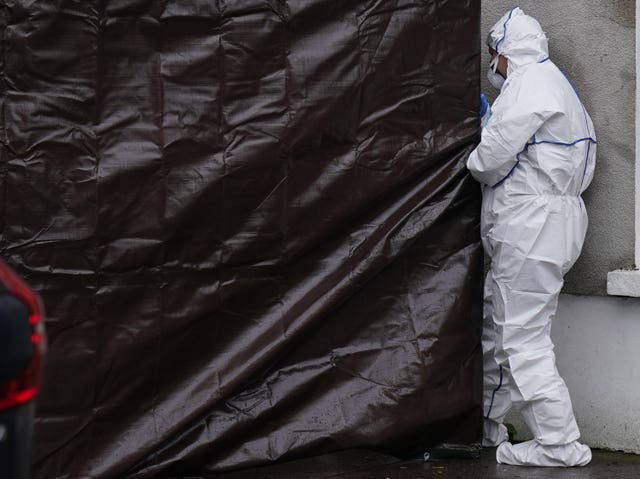
He said metal detection equipment and ground-penetrating radar were also used during the search, which had been scheduled to last a week.
The court was told that the initial plan was to remove walls inside the property and knock down an extension at the back of the building as part of the search.
This plan did not proceed after the discovery of Mrs Satchwell’s remains.
Dr Niamh McCullagh, a senior forensic consultant who specialises in the search for hidden human remains in criminal cases, said she carried out an excavation of the burial site on the evening of October 11.
Dr McCullagh told the court she discovered there had been human interference with the natural soil composition, and that the fill soil contained strips of thin white plastic as well as other materials.
She also discovered a piece of yellow plastic, like that found on a loaf of bread, which had a best before date of March 3 2017
The court heard that the remains of Ms Satchwell were covered with a long sheet of black plastic which was folded underneath. She discovered some soft tissue and fabric among the remains.
Dr McCullagh said the soil contained non-modern animal bone and shells dating back to the early 19th and 20th century.
The grave was rectangular with a rounded edge and was 1.8 metres long and 73cm wide at the top.
The deepest part of the grave was just over one metre, she said.
Dr McCullagh told the court that in September 2022, she was asked to carry out a full review of the evidence gathered in the investigation into the then missing Mrs Satchwell.
She reviewed all documents, correspondence, data sources and material gathered, and the report was submitted in September 2023.
The consultant said the material included various narratives given by Satchwell including his description of what his wife was wearing when he last saw her.
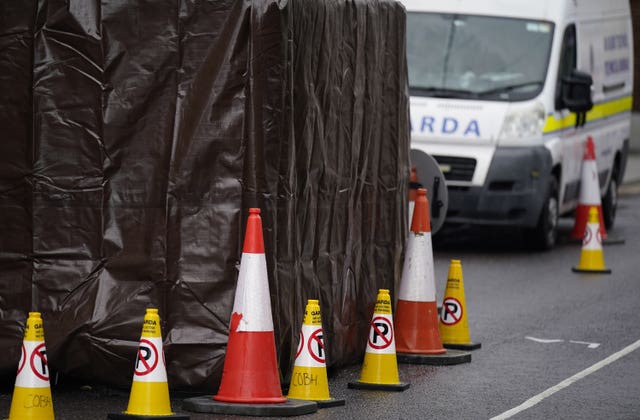
Dr McCullagh said her advice in the report was based on domestic homicide research and recent studies on the understanding of the concealing of human remains and detection avoidance strategy.
She said studies found domestic homicide had the highest incidence of crime staging where the offender makes the murder appear to be something that it is not.
She added that the most common method is a verbal narrative and the making of a false missing persons report.
The specialist told the court that her own research involving the concealment of victims found that women’s remains are more likely to be disposed of closer to their home.
She said that in the Satchwell case, there were three different possibilities: Ms Satchwell was killed at her home address and her body was concealed there; she was killed in her home and her body was broken down and disposed of at various locations; or she was killed at her home and her body was removed in its entirety and disposed of outside her home.
She said number one was the most likely possibility, and recommended a more invasive search at the Youghal home.
The trial continues.





